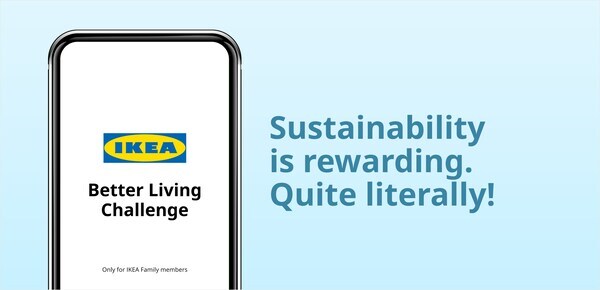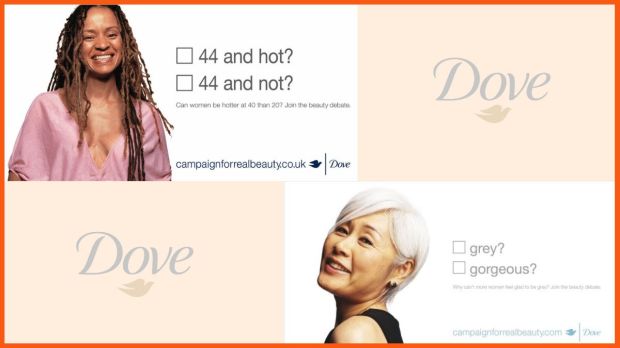By Sameer Desai
In today’s socially conscious business landscape, consumers are prioritising brands that align with their values and contribute to positive change. Firms that embrace cultural and social responsibility have a dual advantage — to make a meaningful impact on society and to get a competitive advantage by emotionally connecting with their target audience.
Let’s take a look at a few brands that have used advertising as an effective medium to resonate with socially conscious consumers.
Take IKEA’s “Sustainable Living” campaign: It was aimed to educate consumers about sustainable choices in home furnishing. Or consider Dove’s “Real Beauty” series. The award-winning campaign reimagined beauty stereotypes by featuring women of diverse body types, ages, and ethnicities.


Here’s a five-point strategy to incorporate ethical and sustainable practices in brand communication.
- The first requirement is authenticity. Consumers today are smart enough to recognise genuine efforts. Brands can establish credibility by clearly communicating their values, sharing stories, and highlighting their ethical initiatives aimed towards the betterment of society.
- The second is forging responsible partnerships. Brands should ensure that ethical practices are upheld not only in their own company but by their vendors and growth partners as well.
- The third requirement is diversity and inclusion. Brands that celebrate diversity through their communication can connect with a broader audience and showcase their commitment to equality.
- Next, get associated with social impact initiatives. By supporting causes, brands can contribute positively to communities and create meaningful connections with consumers.
- Last but not least, brands can emphasise their commitment to sustainability by highlighting renewable energy usage, reduced carbon footprints, waste reduction efforts, and packaging innovations that minimise environmental impact.
Now come to the tools to create the maximum impact. Focus on storytelling. A story narrated with all your heart and soul could prove to be a powerful tool to establish a strong connection. Second, try and leverage user-generated content. Showcasing user-generated content that aligns with ethical and sustainable practices can help brands demonstrate the collective impact. Partnering with reputable non-profit organisations, social influencers, or sustainability experts can lend credibility and authenticity to a brand’s commitment to cultural and social responsibility.
Incorporating ethical and sustainable practices into messaging and advertising campaigns is not only a strategic approach but also a moral imperative for businesses today. By embracing cultural and social responsibility, brands can resonate with socially conscious consumers, build trust, and strengthen their customer base.
The author is managing director, Seagull Advertising

